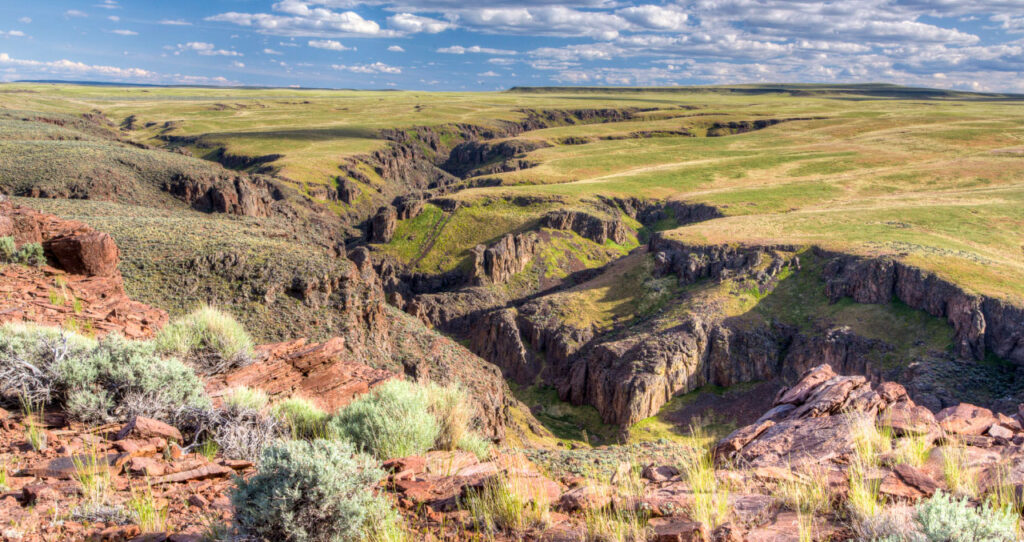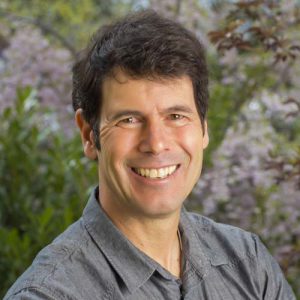When the Owyhee Initiative convened almost twenty years ago, conservationists, recreationists, ranchers, and other stakeholders envisioned a landscape-scale approach to natural resource issues. In 2009, Congress designated 517,000 acres of Wilderness and key access corridors in southwest Idaho, and provided certainty for local ranching operations.
One remaining issue in the Owyhees was the scattered checkerboard of state endowment lands interspersed with BLM wilderness areas. Unlike multiple-use BLM lands, state endowment lands are to be managed for maximum long term financial return to support state beneficiaries such as public schools and state hospitals. Fees from livestock grazing leases are the primary revenue source from endowment lands in the Owyhees. Non-commercial uses like recreation can occur on endowment lands, but are not the priority. These interspersed lands make it hard to optimize management for either wilderness or ranching.
After more than 12 years of conducting appraisals and analyzing endowment lands and BLM wilderness lands, the Idaho Land Board approved an exchange earlier this week. The land exchange will eliminate most of the state’s wilderness inholdings and expand state holdings outside of wilderness, allowing both agencies to better fulfill their missions. The state sections that are proposed to be acquired by the BLM are within or near designated wilderness areas and wild and scenic rivers, provide habitat for sage-grouse and bighorn sheep, allow livestock grazing to continue where they are presently taking place, and are best suited for BLM’s multiple-use mandate.
Most of the sections that are within or adjacent to existing wilderness will be managed as such. Out of the 23,878 acres of state land that will be transferred to the BLM, 15,804 acres will be managed as Wilderness. The BLM would also acquire a total of 4.5 miles of Wild and Scenic River corridors along Big Jacks Creek, Bruneau, Jarbidge, Little Jacks, and Sheep Creek.

We believe the proposal is a win-win on another front. Over the last year, the Idaho Conservation League has pointed out several areas for improvement regarding Idaho Department of Lands proposals and processes. Contentious issues have included the Payette Land Exchange and cell tower in the Sawtooths.
But in the case of the Owyhee Land Exchange, we believe IDL staff have done an exemplary job of working with stakeholders. They have been transparent, inclusive, patient, and adaptive in their approach. IDL staff went out into the field, listened to stakeholders, and then worked with the BLM to tailor the land exchange to address local concerns. I chaired a subcommittee in which the Owyhee Initiative drafted recommendations on certain aspects of this exchange and witnessed this public outreach firsthand. IDL dropped several state sections from the exchange to address concerns from permittees and the Shoshone-Paiute Tribes. The Owyhee Land Exchange is a credit to IDL staff and should serve as a model for other proposals.

